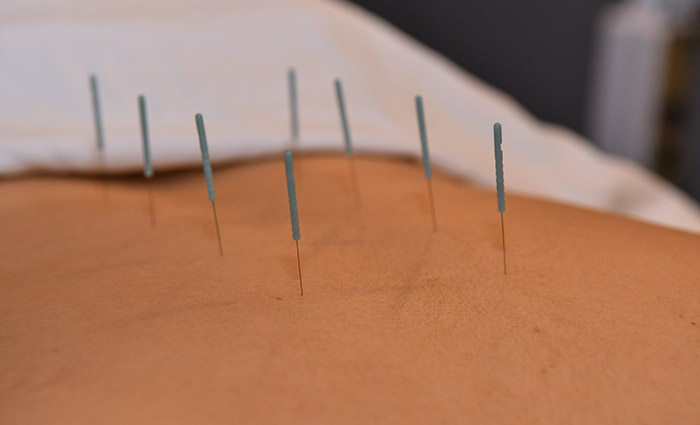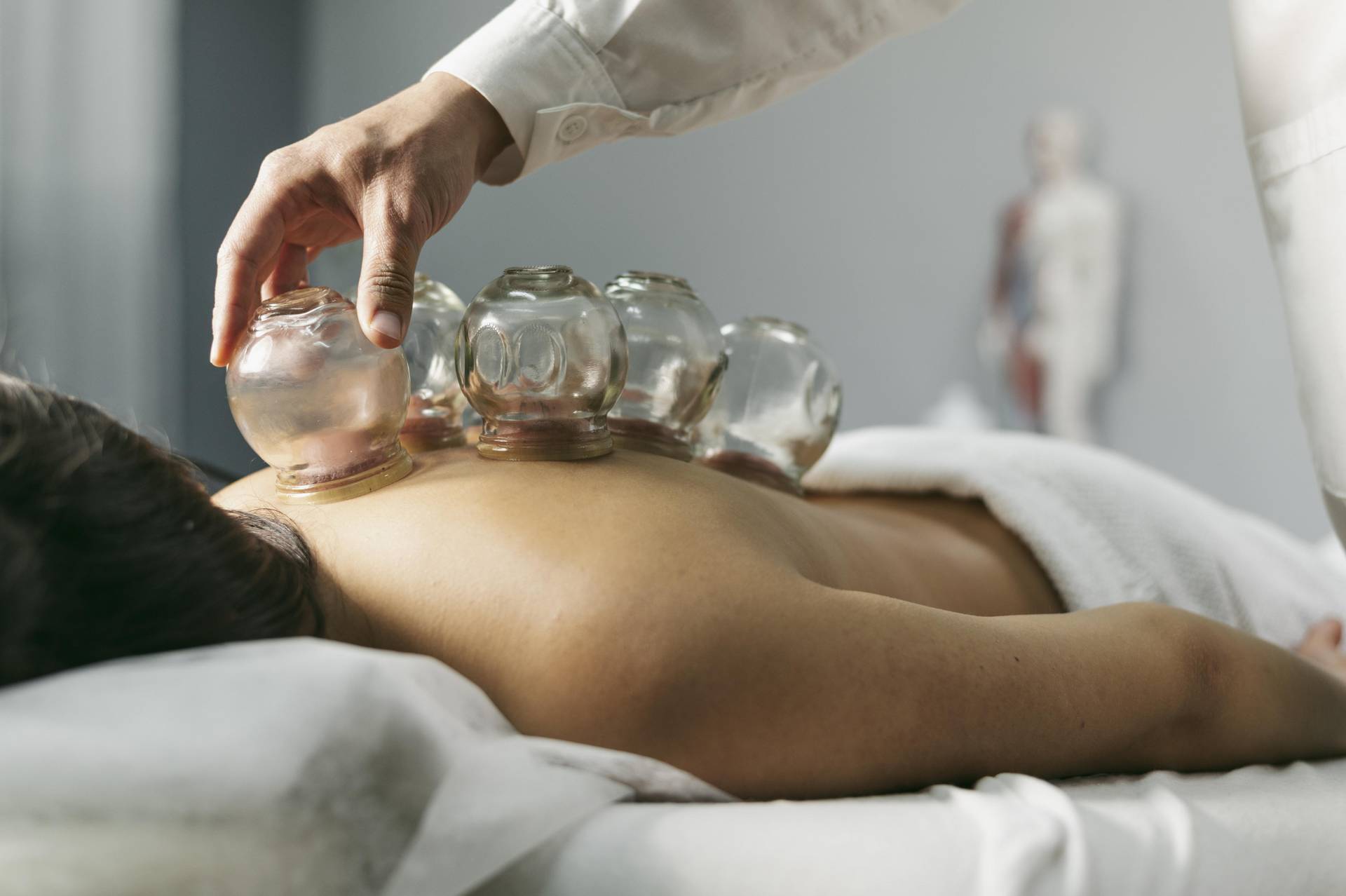
Acupuncture
Your initial acupuncture session begins with a thorough intake by a Licensed acupuncturist. This intake is a necessary information-gathering part in determining the treatment strategy.
During the intake, your acupuncturist will explore your medical history, looking to uncover any ongoing health concerns. This fact-finding mission takes 30 to 40 minutes, during which you and your acupuncturist will discuss physical, emotional and psycho-spiritual state, as well as, your lifestyle (including nutrition, exercise, sleep and stress level).
Following the intake and an acupuncture treatment, you will reconvene with your acupuncturist and create a treatment plan that includes acupuncture treatments, dietary and herbal recommendations, lifestyle changes and referrals to complementary professionals, where appropriate.
Follow-up Visits: Because the body is constantly changing, subsequent visits will always begin with a brief intake to assess the progress of the treatment and discuss patient concerns, resulting in modifications to the initial treatment plan as necessary.


